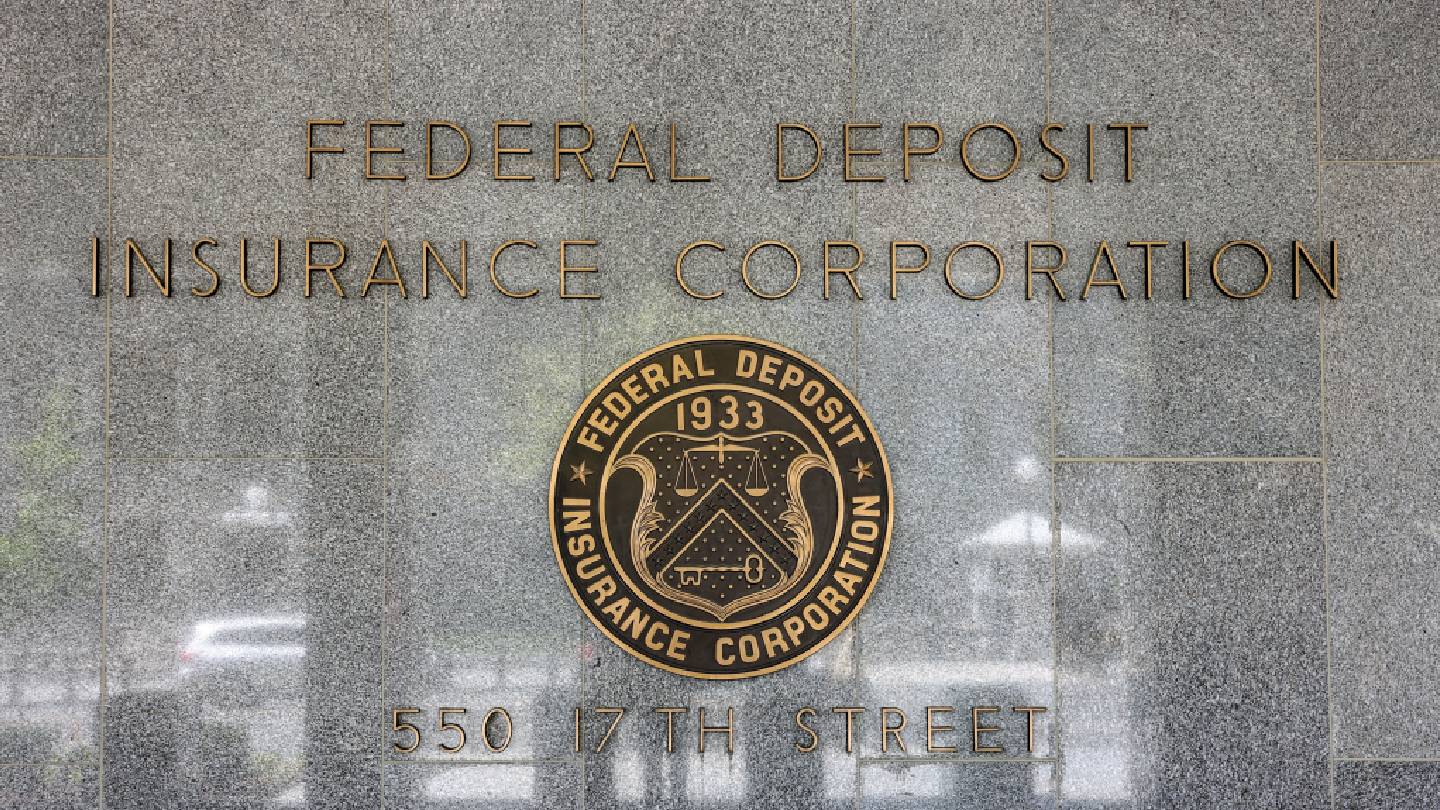
US federal bank regulatory agencies have issued a final rule that changes certain regulatory capital standards for large and notable banking organisations.
The Federal Deposit Insurance Corporation (FDIC), Federal Reserve Board, and the Office of the Comptroller of the Currency jointly issued the new rule.

Access deeper industry intelligence
Experience unmatched clarity with a single platform that combines unique data, AI, and human expertise.
This new rule aims to address disincentives for banks to engage in lower-risk activities, including intermediating in US Treasury markets.
The agencies’ decision follows a proposal released in June this year and includes adjustments at the depository institution level.
This final rule will take effect on 1 April 2026, with banking organisations permitted to adopt the modified standards as early as 1 January 2026.
It sets leverage capital standards for major bank holding companies and their depository institution subsidiaries based on the systemic risk profile of each organisation.

US Tariffs are shifting - will you react or anticipate?
Don’t let policy changes catch you off guard. Stay proactive with real-time data and expert analysis.
By GlobalDataFor depository institution subsidiaries, the rule limits the enhanced supplementary leverage ratio (eSLR) to 1%. This means the overall leverage requirement does not exceed 4% for these entities.
The agencies said that the approach would contribute to differences in capital requirements and systemic risk between holding companies and their subsidiaries.
Also, this move ensures that leverage standard continues to act as a backstop to risk-based capital requirements, particularly in periods of financial stress.
The overall capital levels maintained by banking organisations are expected to remain largely unchanged as a result of the final rule.
The federal agencies, in their statement, said: “In aggregate, the rule will reduce tier 1 capital requirements for affected bank holding companies by less than 2%.
“While depository institution subsidiaries would see greater reductions, that capital generally would not be available for distribution to external shareholders due to capital restrictions at the holding company level.”
Also, the rule amends regulations related to total loss-absorbing capacity and long-term debt requirements that reference the leverage capital standards.
According to Reuters’ report, the adjusted capital requirements form an early move by banking regulators to revise rules established after the global financial crisis.
Last month, the FDIC proposed a change in the way banks are supervised in the US, restricting its examiners to focus only on core financial risks and limit their authority to address nonfinancial issues.







